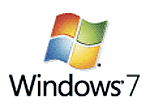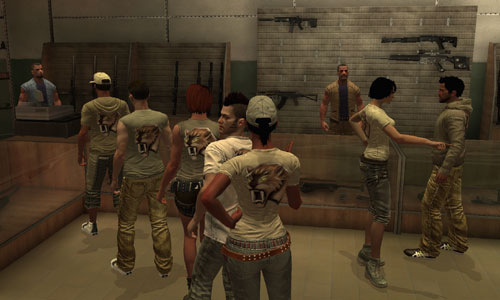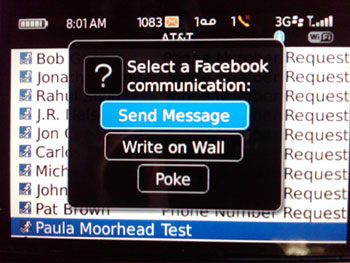 I feel like I should start anything I write about headsets with a disclaimer: I’ve still never met one I can love unreservedly. I have trouble getting them to stay in my ear; I find myself having to futz with buttons and Bluetooth; and sound quality, of course, remains variable. That said, I admire what Aliph has done over the past few years with its Jawbone headset. And tonight the company is announcing Jawbone Prime, a new version that replaces the eleven-month-old Jawbone 2. I’ve only spent a little time with the new model so far, but it aims to improve on its predecessor on all the above fronts: comfort, control, Bluetooth, and sound quality.
I feel like I should start anything I write about headsets with a disclaimer: I’ve still never met one I can love unreservedly. I have trouble getting them to stay in my ear; I find myself having to futz with buttons and Bluetooth; and sound quality, of course, remains variable. That said, I admire what Aliph has done over the past few years with its Jawbone headset. And tonight the company is announcing Jawbone Prime, a new version that replaces the eleven-month-old Jawbone 2. I’ve only spent a little time with the new model so far, but it aims to improve on its predecessor on all the above fronts: comfort, control, Bluetooth, and sound quality.
The basic industrial design hasn’t really changed: It’s still small and stylish (as befits its $130 price). But a new indentation–which is very subtle–makes it a bit easier for your finger to find the button you use for functions such as turning the headset on and off.

Earloops are the bane of my phone-using existence–I can never figure out how to get them over my ear–and while the Jawbone Prime comes with one, it attempts to let most people do without it by providing six rubber earbuds in three different sizes. Three of the buds have a sort of nub that helps to lodge the bud in your ear, and it seems to work well–I was able to shake my head back and forth vigorously without the Jawbone flying out.
The single most important thing about any headset, of course, is that you can hear and be heard. I haven’t used the new Jawbone enough to judge whether it’s an advance on the old one, but Aliph claims much better sound quality in a variety of environments, from quiet areas to ones with a jackhammer blasting in the background. The Jawbone’s noise reduction works best if you let the tip touch your face, but the company says that the Prime works far better than earlier models if it loses contact. It’s also the first Jawbone that aims specifically to help with wind. (Although the company is guarded about its promise there–the headset’s packaging says in one place that it “Eliminates Noise, but another label states merely that it “Reduces Wind Noise.”
This is also the first Jawbone that supports multipoint Bluetooth–letting you use it with two phones at once. And it comes in a total of seven colors, including understated platinum, black, and brown, and four not-understated-at-all “Ear Candy” colors:

As a Californian, I can’t avoid headsets altogether unless I flout state law or never use my phone while driving. I recently bought one that’s a sort of anti-Jawbone: a cheap, ugly wired model with no advanced features whatsoever. I bought it mostly to try and sidestep-Bluetooth related issues, including the need to charge the headset and establish a wireless connection with my phone. (Aliph, incidentally, says that talk time for the new Jawbone is about the same as for the old one–4.5 hours.) But over the next few weeks, I’m going to do a personal faceoff between the wired headset’s old, unglamorous technology and everything that the Jawbone Prime promises. I may never have fallen in love with any headset, but I’ve got an open mind…

 Yesterday, I wrote about
Yesterday, I wrote about 
 Traditionally, Massive Multiplayer Online games are not the avenue for testing one’s reflexes.
Traditionally, Massive Multiplayer Online games are not the avenue for testing one’s reflexes. Got a moment to get all nostalgic over old electronic equipment? Over on Twitter–where I’m
Got a moment to get all nostalgic over old electronic equipment? Over on Twitter–where I’m  Hitwise
Hitwise  Here’s what’s up this morning:
Here’s what’s up this morning: I got real excited when I heard about the new
I got real excited when I heard about the new 


